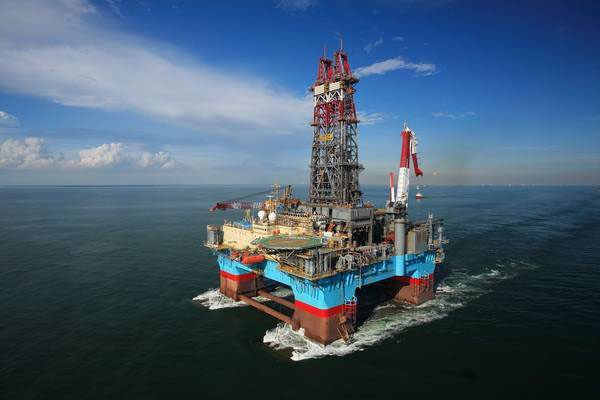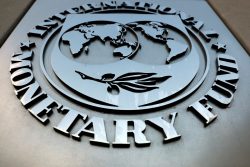If neighbouring Suriname may not have altogether stolen the international spotlight from Guyana in the oil & gas industry on account of its own significant discoveries, it has done an impressive job of grabbing a sizeable share of global attention for itself as an influential player in South America’s new-found position as the hemisphere’s most lucrative hydrocarbon hunting ground.
Less than two weeks ago the Malaysian company, Petronas Global, announced that it had made its first oil discovery offshore Suriname where it is working in partnership with ExxonMobil, the US company which, on account of its sustained major discoveries offshore Guyana, has now established a huge oil & gas ‘bridgehead’ in South America.
The official announcement regarding Suriname’s most recent major oil find was made by Petronas Vice President responsible for Upstream Exploration, Emeliana Rice-Oxley, who said that the recent discovery “will provide the drive for Petronas to continue exploring in Suriname,” which she described as one of the company’s “focus basins” in the Americas. The find also represents more good news for ExxonMobil, which, already in possession of the largest operating interest in Guyana’s oil & gas resources, now shares a 50% stake in the Suriname Block 52 operation inside the Guyana-Suriname basin.
The announcement of Suriname’s latest oil discovery prompted a response from ExxonMobil Senior Vice President for Exploration and New Ventures, Mike Cousins, who is quoted as saying that the recent Suriname find “extends ExxonMobil’s leading position in South America, building on our successful investments in Guyana.”
Of greater significance to Guyana and Suriname, however, is the fact that they now share important strategic linkages in terms of their common interest in maximising their huge oil & gas reserves. Coincidentally, the circumstance raises the possibility that a long-standing and sometimes hostile territorial dispute between the two countries could become subsumed beneath their mutual efforts to build their modest economies, though it has to be said that there are no absolute guarantees here.
Back in October, with both countries possessing confirmed knowledge of their considerable oil & gas reserves, Georgetown and Paramaribo agreed to the launch of a Strategic Dialogue and Cooperation Platform aimed at tangibly strengthening relations between the two neighbouring countries. But that was not all. Within a matter of weeks after being elected to office, the presidents of the two countries paid official visits to each other’s capitals.
With major oil finds and significant international attention under their belts, the two governments have wasted no time in immersing themselves in what may well be the most significant bilateral discourses ever, previous engagements having been characterised by a generous measure of prickliness arising out of Suriname’s disputed claims to the Corentyne River.
Ironically this time around, talks between the two presidents, Guyana’s Irfaan Ali and Suriname’s Chandrikapersad Santokhi saw the Corentyne River emerge as a bridge-builder. Discussions between the two centred on, among other things, a bridge across the Corentyne River that will link the two countries. So that even if, historically, territorial disputes between countries have not been known to go away easily, the portents would appear to be promising that in this instance, the dispute could become subsumed beneath a mutual preoccupation with the bigger picture, building bridges that are anchored to the exploitation of their new-found oil & gas resources to shore up two of the smallest economies in South America.









